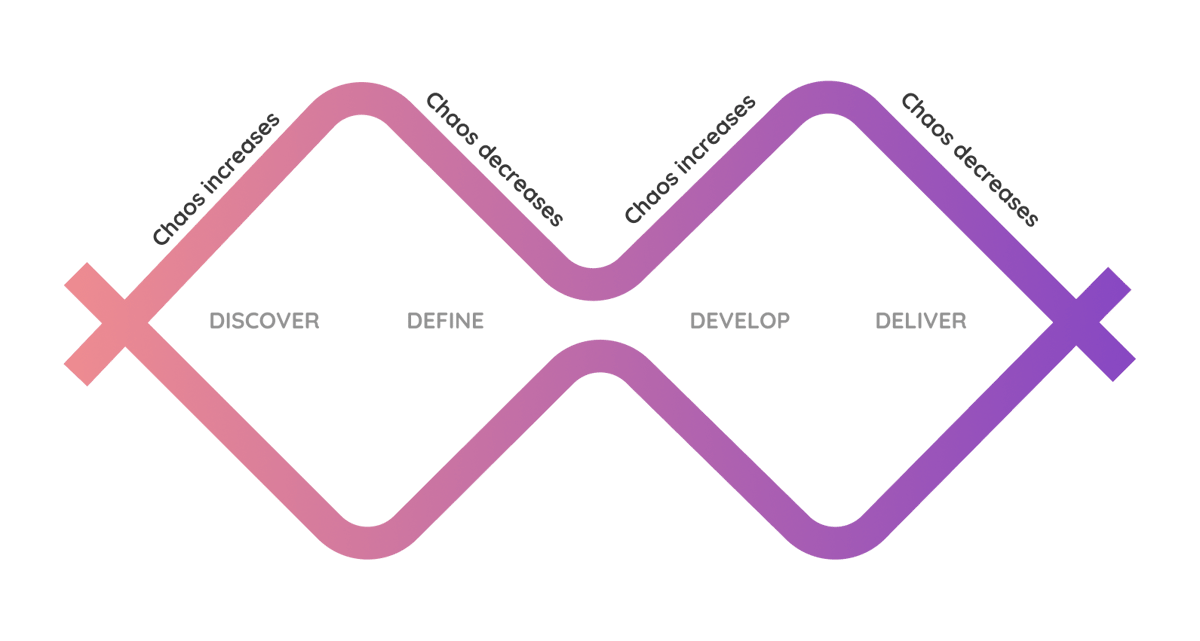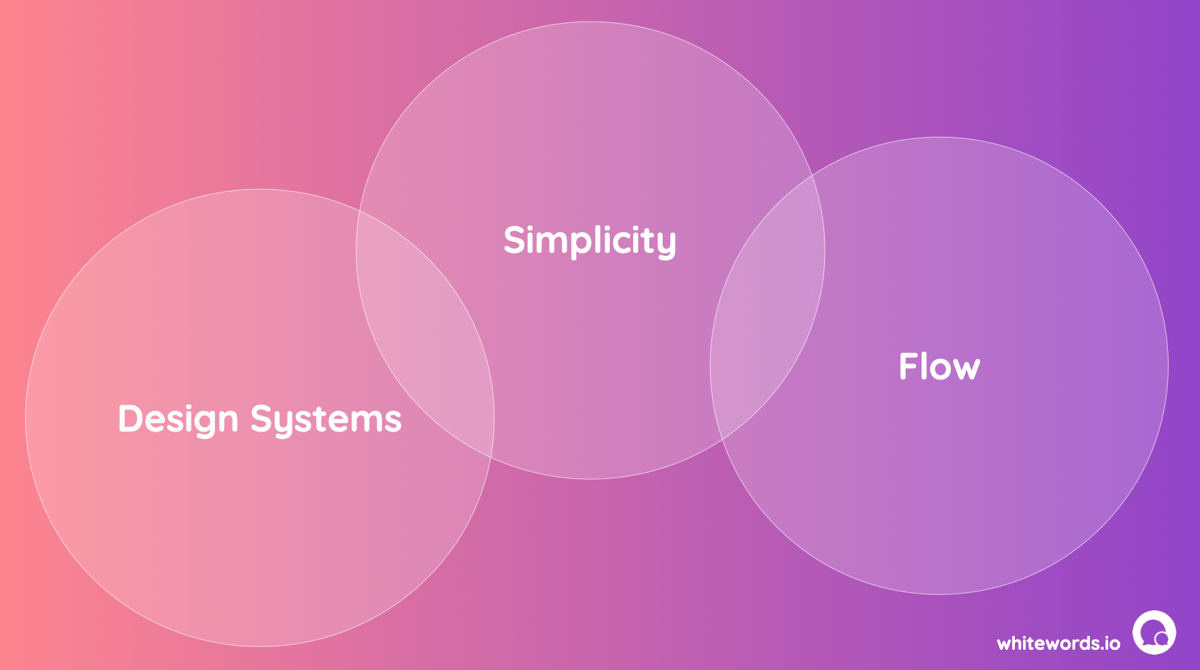Do you know that the smaller the space, the quicker it gets cluttered? Last year I was living and traveling in my van for a few weeks through Scandinavia and especially there I noticed this problem: When I came back to the van from a hike or a sightseeing trip in a city, the inside was already a mess as soon as I opened the sliding door. Everything was lying around and I always had to start cleaning up before I was able to relax...
It takes a lot of effort to keep things tidy in such a small space. On the other hand, it doesn't take much effort at all to create chaos on a large scale. But why is that? And what does that have to do with product design?
According to ThoughtCo , entropy is the disorder in a system - in short: entropy is chaos. It is an important concept in physics and chemistry, but can also be applied in other areas and therefore the value of entropy can also vary depending on the system.
Okay, so the chaos in my van can definitely be described as entropy. But how do we now make the link to digital products? Let's have a look:
Have you ever opened a website or software and the first thing you did was to close it straight away because the content immediately was "overwhelming" you? Then that could have been entropy in digital products.
In some projects, everything starts out in an orderly fashion, but with more and more iterations, sprints, features and new ideas, an ever more extensive system emerges that is difficult to keep track of. Here a button, there a new function. If it's a website, sometimes banners, promotion codes or newsletter sign ups are added and the chaos is perfect.
Therefore, it is all about minimising entropy in digital products. But how do we do this?
If we look at the design process, there are some elements that promote chaos, such as research and ideation. In these phases, many new ideas emerge that might play an important role for the design and the product itself. If we simply implemented everything, it would end in chaos.
Other phases in the design process, however, reduce chaos. Defining and implementation are certainly among them, because they reduce the previously developed options to a feasible level. Methods such as affinity mapping, which bring order, also reduce the amount of entropy.
UX methods therefore promote or reduce entropy and as a UX designer it is your mission to recognize this and apply the right methods in the right places. Basically, a little chaos is not a bad thing, because it often promotes new ideas and ways of thinking, which in turn can lead to innovative solutions.
Therefore, finding the right balance between encouraging (controlled) chaos and keeping it within reasonable boundaries is an important skill as a UX designer.

There are certain steps that help to avoid UX entropy and thus chaos in digital products. The most important are:

Use a design system
A design system allows you to create a consistent basis for the entire product. Users find it easy to use new software that works in a similar way to products they already know. Individual parts and components that are repeated over and over again should therefore always be designed and operated in the same way.
Create a basis for yourself and your team with a design system, so that firstly you don't have to design these components anew each time and secondly you can ensure their consistency. This way, you can easily fall back on the same design principles for different parts and avoid uncontrolled growth, such as different font sizes, colors or border radius.
Simplicity is top priority
The simpler a design is (in most cases), the easier it is for the users to understand what they have to do next. Therefore, you should give priority to fewer elements and a clear design in the interface.
Highly detailed designs, countless clickable and possibly even different interactive elements or too many microinteractions make an interface restless. The users can no longer focus on their actual goal, but instead get distracted. You can improve this situation incredibly through simple design, a coherent alignment and targeted interaction design.
Let users FLOW
A flow is when something moves steadily and continuously in a constant stream. It happens intuitively or in a natural way and requires little or no effort, no difficulty or resistance.
Users usually pursue a goal and a smooth user flow enables them to achieve it intuitively and without obstacles. This is the ideal state. This is achieved particularly when already during the design phase it is clearly shown where users want to go, what their path to the goal looks like and which challenges could arise in the meantime. These challenges should be eliminated or improved. In other words, the chaos that could occur for the users should be avoided or eliminated from the very beginning.
We are confronted with chaos every day and everywhere, also in our daily work as designers. But that is not necessarily a bad thing. Allowing chaos can inspire and lead to new solutions. In practical implementation, however, chaos has often a negative impact on the user experience. It is therefore worthwhile to allow chaos in certain areas and to work against it in others.
Does this chaos sound familiar to you? If you're struggling with chaos during your work and you would like to learn how to better organize your daily life as a designer book a call with me and we will try to solve your problems together.
Find out if MentorCruise is a good fit for you – fast, free, and no pressure.
Tell us about your goals
See how mentorship compares to other options
Preview your first month
